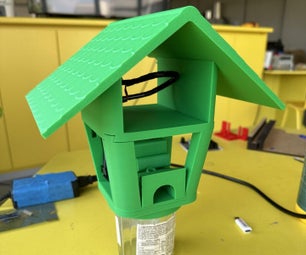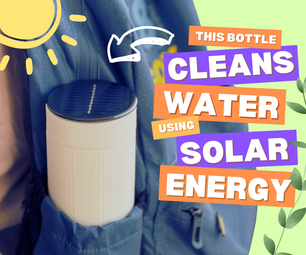Introduction: EE Tray
Simple to make, and great for shared workspaces. Grab a food tray, add power jacks, breadboards and component containers.
Step 1: The Parts
Key components: female banana plugs, breadboards, component containers, velcro (not pictured) and, of course, a food tray.
I find that Maxim chip sample containers make for some of the better component cases.
I find that Maxim chip sample containers make for some of the better component cases.
Step 2: Drill Holes for Banana Connectors
Easy as one, two, three! Center punch, predrill, drill.
For the banana connectors I used 5/16" allowed them to fit but jiggle around. Had I been more forward thinking, I would have spaced the holed appropriately to fit three prong banana connectors.
I use three here for the standard Vcc GND Vee combination.
For the banana connectors I used 5/16" allowed them to fit but jiggle around. Had I been more forward thinking, I would have spaced the holed appropriately to fit three prong banana connectors.
I use three here for the standard Vcc GND Vee combination.
Step 3: Banana!
In they go!
Be sure to loosen the part of the connectors which are used to clamp wires before inserting them. Otherwise it becomes difficult to loosen them without removing their nut.
Be sure to loosen the part of the connectors which are used to clamp wires before inserting them. Otherwise it becomes difficult to loosen them without removing their nut.
Step 4: Breadboards!
Breadboards conveniently come with adhesive backs, and tabs to fit together.
Step 5: Component Cases!
A little velcro and some old maxim chip containers, and voila!








